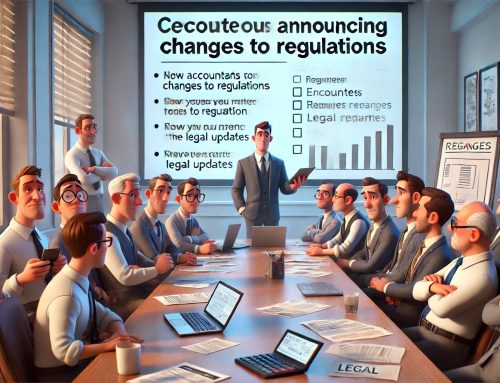September 13, 2022
Energy prices soaring
The price development of energy (electricity, gas and district heating) caused inflation to rise further. In August, energy was 151 percent more expensive than one year previously. In July, the rise was 108 percent year on year.
Energy currently makes a significant contribution to overall inflation. The price development of energy is measured by CBS on the basis of new energy contracts. CBS has started research on the measurement of energy prices in the CPI.
Also increases in food and clothing prices
The price development of food had an upward effect on inflation as well. Food was 13.1 percent more expensive in August than one year previously. In July, food prices were up by 12.3 percent. This is mainly due to the price development of pasta products. In addition to food, the price development of clothing also caused an increase in inflation.
Downward effect of motor fuels
The year-on-year price increase of motor fuels was lower in August than in July. This had a downward effect on the inflation rate. In August, the price increase of motor fuels amounted to 16.7 percent, against 24.6 percent year on year in July.
Euro area inflation rising
Since 1996, CBS has published two different inflation rates: one based on the Consumer Price Index (CPI) and one based on the Harmonised Index of Consumer Prices (HICP). According to the European HICP, consumer goods and services in the Netherlands were 13.7 percent more expensive in August than in the same month last year, up from 11.6 percent in July. Inflation in the euro area rose from 8.9 percent in July to 9.1 percent in August.
Difference between CPI and HICP
In order to facilitate comparison between countries, EU member states calculate a consumer price index according to internationally agreed definitions and methods. The European Central Bank (ECB) uses the HICP to formulate its monetary policies in the euro area. In addition, most countries produce their own national consumer price index.
The main conceptual difference between the CPI and the HICP for the Netherlands is that, unlike the CPI, the HICP does not take into account the costs related to home ownership. In the Dutch CPI, these costs are calculated based on developments in rental property prices.
Implications of the coronavirus crisis for consumer price measurements
Due to the government’s COVID-19 countermeasures, several services were either limited or unavailable as of March 2020. As a result, there were no transactions that allowed for price measurements for some of the services. In accordance with Eurostat guidelines, CBS opted for the most appropriate estimation method in each situation. Price estimates for August 2022are no longer related to COVID-19, but estimates made for the same month last year do still affect this month’s inflation rate.
Source: Statistics Netherlands (CBS)
Legal Notice: The information in this article is intended for information purposes only. It is not intended for professional information purposes specific to a person or an institution. Every institution has different requirements because of its own circumstances even though they bear a resemblance to each other. Consequently, it is your interest to consult on an expert before taking a decision based on information stated in this article and putting into practice. Neither Karen Audit nor related person or institutions are not responsible for any damages or losses that might occur in consequence of the use of the information in this article by private or formal, real or legal person and institutions.






